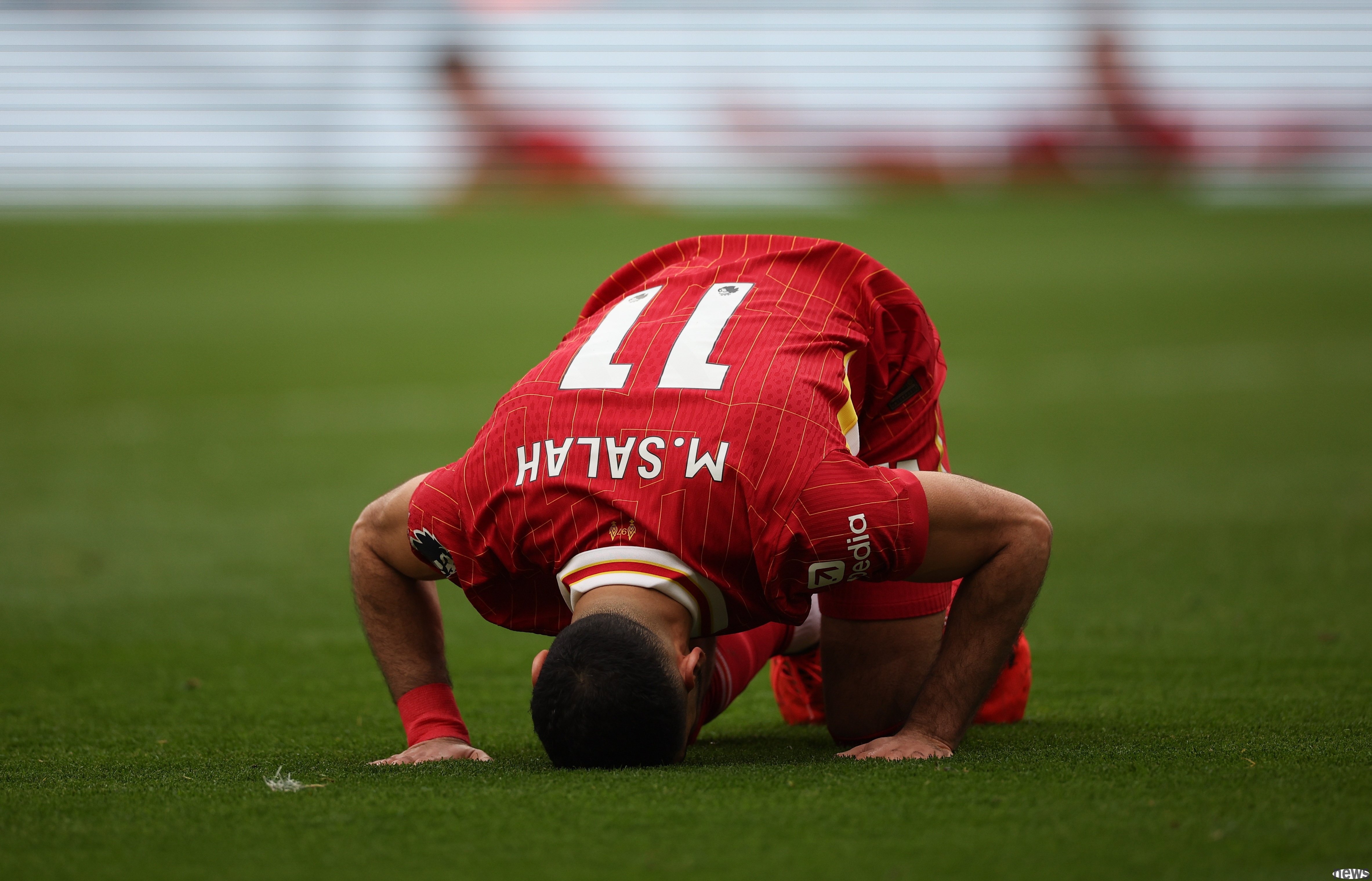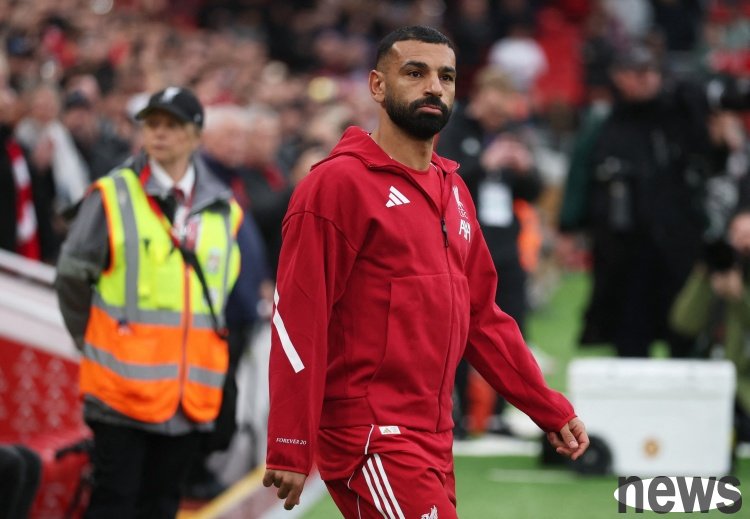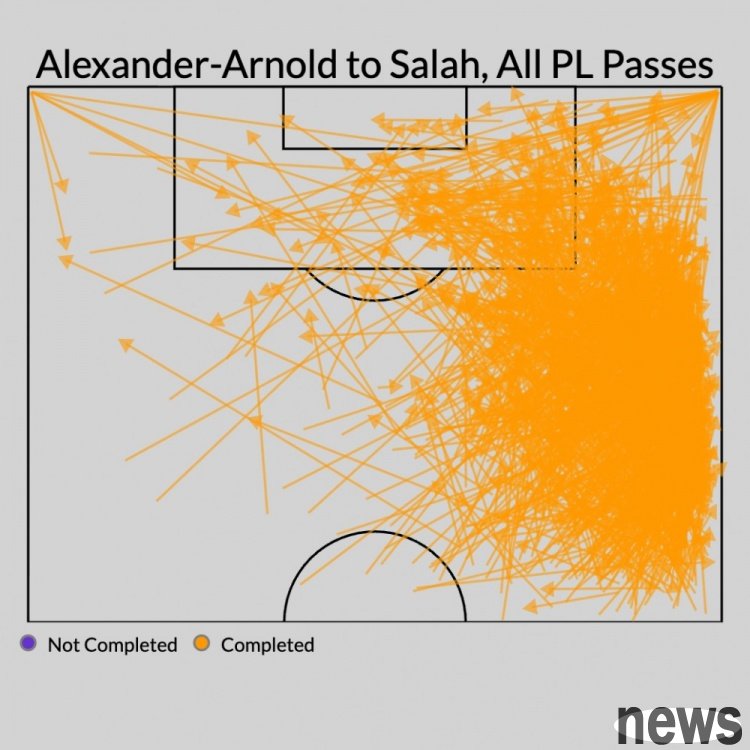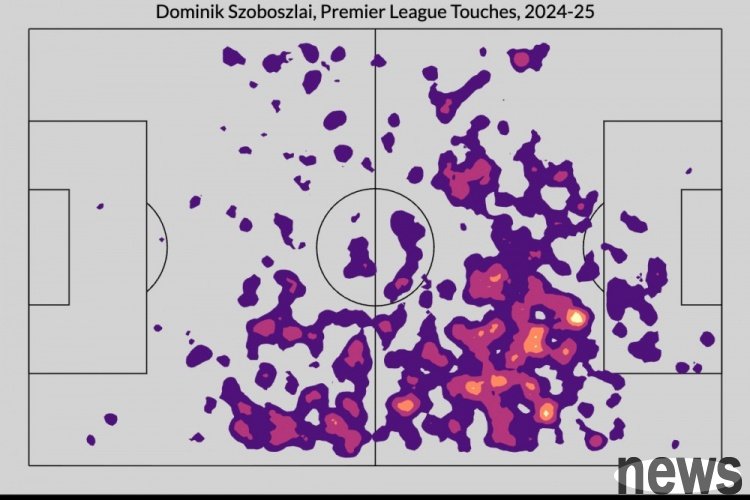Some things are like putting together Lego bricks. If you follow the instructions, you can put together a perfect work. But if you let people with insufficient ability to play randomly and build it according to their own ideas, the result will often...

Some things are like putting together Lego bricks. If you follow the instructions, you can put together a perfect work. But if you let people with insufficient ability to play randomly and build it according to their own ideas, the result will often be a mess.
Today's Liverpool is in exactly this situation. Last season, Slott, who continued Uncle Zha's style, had a stunning start and was once considered a god. But who would have thought that after a summer of big purchases and lineup reorganization, what would come to us would be a mess and devastation.
On October 19th at Anfield, the score of 1-2 was like a basin of ice-cold water, pouring into the hearts of every Liverpool person, making people feel chilled. The moment Salah was substituted in the 84th minute of the game, it seemed that the sighs of the fans were vaguely mixed with a hint of relief that "it's finally over" - this emotion is complex and real.
39 shots, 16 lost possessions, and 0 successful dribbles. These cold and cruel numbers seemed to be woven into an invisible web, step by step, trapping the Egyptian shooter who was once regarded as a "god" in the mortal world, unable to struggle.
Carragher's voice was like thunder after the game: "Salah should no longer start every game!"
This seemingly ruthless, almost cruel judgment accurately condensed Liverpool's downward trajectory that lasted throughout the autumn. From a lucky victory relying on stoppage time at the beginning of the season to the current decline of four consecutive losses, Liverpool's loss and Salah's silence have become two sides of the same coin - you cannot look at them separately, let alone avoid them.
Twilight of the Pharaohs
If you have ever witnessed Salah sweeping by like the wind on the right, then he will only make you feel strange and even a little confused this season. Averaged 1.3 shots per game and 5.6 touches in the penalty area - these data, which belong to ordinary wingers, form a cruel and dazzling contrast with the pharaoh who once made Premier League defenders fearful.
Perhaps, the signs of crisis have long been buried in those lucky victories at the beginning of the season. Liverpool started the new season with seven consecutive victories, but the winning goals in four league games came after the 80th minute; victories in the Champions League and Carabao Cup also relied on goals before the end. This kind of victory built on the edge of a cliff will ultimately be unsustainable.

The most shocking comparison comes from the shooting data: in the first seven Premier League games this season, Salah only had 11 non-penalty kick shots. The same period last year was 22 times, and his previous lowest was 19 times in the 2017/18 season. His expected goals total plummeted to 1.18 from 3.31 last year - this was no ordinary slump, but a complete collapse.
The game against Chelsea epitomized this collapse. When Wirtz created a golden opportunity for him with a gorgeous turn and a no-look backheel pass, he missed the ball. But the problem goes far beyond this miss - the real problem is that opportunities like this have been so rare throughout the season that it's so rare that it's frustrating.
The system collapsed, and the Pharaoh became a "broken-winged angel"
To understand Salah's loss, perhaps we must look at Arnold's departure again (after moving to Real Madrid, Arnold has changed his social media and jersey name to Trent, and this change will be respected below).
Throughout the tactical history of the Premier League, few pairs can reach the level of tacit understanding that Salah and Trent have. Statistics show: Since the 2017/18 season, Trent has completed 1,161 forward passes to Salah - a number that is a full 400 times more than any other combination in the Liverpool team. And if you look at all passes in the final third, Salah's 805 passes to Trent make it the most prolific and deadly combination - more than 200 more than the next most prolific combination.
It is this symbiotic relationship that gave birth to the most terrifying right-side offensive in modern football.

Distribution of Trent's passing connections with Salah in the 24/25 season
Trent's passing is like a precision-guided missile, always able to find Salah's most comfortable running route; and Salah's incision and cross create space for Trent to move forward. They are each other's amplifiers, perfect symmetry on the tactical board.
Now, all this has become a thing of the past, only memories and sighs remain.
New aid Wirtz should have been the solution, but the reality is that this signing, worth 125 million euros and a record transfer in team history, neither replicated Szoboszlai's crazy pressing and penalty area impact, nor did he provide "Trent-style" creativity.

Szoboszlai’s touch distribution map in 24/25
Look at Liverpool’s most valuable passing combinations last season: Salah passing to Szoboszlai (2.10), Trent passing to Salah (1.55), and Salah passing to Dias (1.44). These connections that once made opponents fearful have now disappeared with the wind. Among the top ten combinations this season (as of the last round of Premier League matches), Salah has only appeared three times, and the highest ranking is his combination with Wirtz - only ranked sixth, worth 0.30. This gap is suffocating.
The Dilemma of Age and Tactics
Of course, it is too simple to blame everything on Trent's departure. Salah is 33 years old. This is an unavoidable reality.
The analysis of his physical data is also intriguing: Since the 20/21 season, he has averaged about 20 sprints (speeds exceeding 25 kilometers per hour) and 60 high-speed runs (speeds of 20-24 kilometers per hour) per game. Those numbers remain stable this season. But one key metric has slipped - his top speed dropped to 32.53 km/h from last year's astonishing 34.29 km/h.
This change may seem small, but it has a magnifying effect in the game..
When the number of passes by Wirtz and Salah goes from 45 to 3138, perhaps the dawn of Liverpool will truly come. But the question is: how much time do Liverpool have to wait? How much time does Salah have left? The answers to these questions will determine the final outcome of a legend and will determine the success or failure of Liverpool's season.
In the eternal reincarnation of football, even the Pharaoh cannot escape the judgment of time.
source:tỷ lệ cá cược 7M